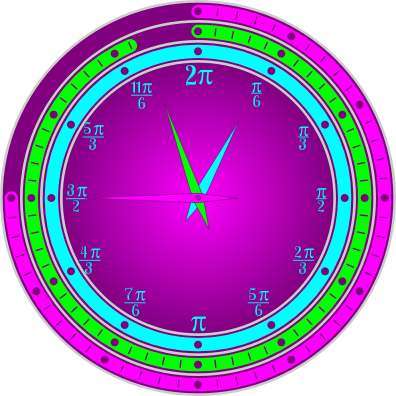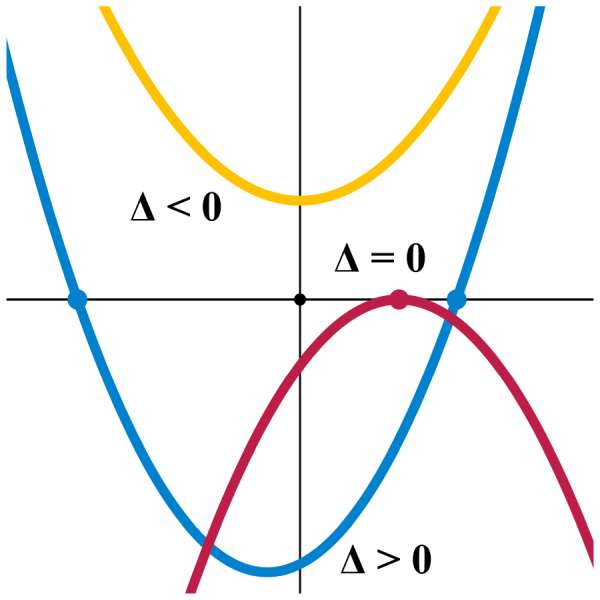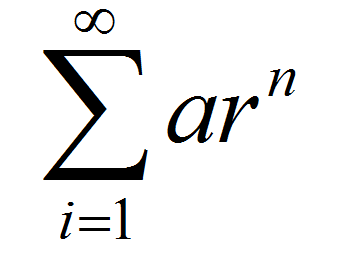Circle Equation
Instructions: Use circle equation calculator to compute the circle formula, its center and radius from a valid quadratic equation, which you can provide in the form below.
This Circle Equation Calculator
This calculator will allow you to obtain the equation of a circle, finding the radius and center of the circle, from a given valid quadratic equation in the variables \(x\) and \(y\) that you provide, showing all the steps.
You need to provide a valid quadratic equation. It could be something simple like x^2 + y^2 = 4, or you can try something more complex like 2x^2 + 2y^2 x = 4y + 5, for example.
Once you provide a valid quadratic equation in x and y, you just need to click on the "Calculate" button, and all the steps of the calculation will be shown to you.
Observe that not all valid quadratic equations provided will lead to a circle equation, as we will explain the in the following sections.

Computing the Circle Formula
One easy task consists of finding the equation of the circle when you are given the coordinates of the center and radius, where you get directly the standard form of a circle, which looks like:
\[\displaystyle (x - x_0)^2 + (y - y_0)^2 = r^2 \]Then, expanding terms and simplifying in a relatively straightforward process leads to the general form of circle.
Now, the process is a bit more complicated: you start with a quadratic equation in x and y, and you want to arrive to the circle equation. The problem is that it is not always possible, even if you start with a valid quadratic equation in x and y.
What are the steps for finding the circle equation
- Step 1: Identify what information you have available. Do you know the radius and center? Or instead, do you have a quadratic equation in x and y?
- Step 2: If you have radius and center, you simply use the standard form equation, and you automatically have the circle equation
- Step 3: If you have a valid quadratic equation in x and y provided, you need to check the leading terms that multiply the quadratic terms x^2 and y^2. if those coefficients are not equal, stop, no circle equation can be found
- Step 4: If the leading coefficients are equal, you need to complete the squares, and put the resulting constant to the right
- Step 5: If that constant put on the right of the equation is negative, no circle equation can be found. If it is positive, you have found the circle equation, and the radius is the squared root of that constant
Observe that to complete squares we won't allow cross terms like \(x \cdot y\). Those terms could perhaps be dealt with using axes rotation, but that is beyond the scope of this analysis.
How to simplify the circle equation
The simplification of the circle equation depends on what information we have available. If you start with the radius and center of the circle, then simplifying will mean to expand the standard form into the general form, by expanding and then simplifying.
Or, if provided with a quadratic equation, simplifying means completing squares for each of the variables x and y, and simplifying the resulting constant. So then, the idea of simplifying the circle equation depends on what we have available, and what do we need to get.
How to use this circle equation calculator
- Step 1: Identify the quadratic equation in x and y that you want to process. Check the coefficients multiplying the quadratic terms, they need to be equal, otherwise you cannot continue
- Step 2: Complete the squares respectively to variables x and y. This will lead to a final constant, which will be the result of conducting the completing of squares
- Step 3: Pass that constant (with the correct sign) the right of the equation. If that constant is negative, no circle equation formula exists
- Step 4: If that constant is positive, there is a circle equation, and the radius of that circle is the squared root of that constant
Similar to what happened with addition and subtraction, dividing fractions is just derived from the multiplication of fractions: To divide two fractions, you just multiply first one by the inverse fraction of the second one (the inverse fraction is obtained by swapping the numerator by the denominator in the fraction).
Can we find circle equation problems in real life?
All the time! Circle equations are very important in engineering, as they represent a very common symmetry property, reflected by the Pythagorean theorem. Applications involving the equations of circles are very frequent, and it is very useful to have a functional understanding of the concepts involved.
Form basic things like using the circle equation for the area, to more complex things involving structures and engineering processes.
Can we a circle have radius 1?
Indeed! A circle with radius equal to 1 is called unit circle, and it is typically used in Geometry and Trigonometry. The unit circle is the most basic form of a circle, with a center of (0, 0) and a radius of 1.
The unit circle is considered to be the basis of all other circles because unit circle, because any other circle can be obtained by translating and stretching a unit circle.

Example: Calculating the circle equation
Calculate the equation of the circle in standard form for the given equation: \(x^2 + y^2 - 2x + 4y = 10\)
Solution:
which concludes the calculation.
Example: Circle equation calculation
Calculate the circle equation for \(2x^2 + 2y^2 - 2x + 4y + 2 = 3x + 16\)
Solution:
which concludes the calculation.
Example: Circle formula
Can you get the circle equation for the given equation \(2x^2 + 3y^2 - 2x + 4y + 2 = 3x + 16\)?
Solution: The answer is NO. Indeed, the leading terms (terms that multiply \(x^2\) and \(y^2\)) are 2 and 3 respectively, and they do not coincide, so then, there cannot be a circle equation.
Other useful circle calculators
Circles are objects of great interest. They allow a geometric treatment with the area formula and circumference formula that only use the radius r, and they also allow an analytic treatment, with the standard form and the general form of a circle. Whether you use the analytical or geometric approach will depend on the task at hand.
Also, there is an interesting crossover of techniques, where completing the square is a technique that can be used for solving quadratic equations to computing the circle equation.






